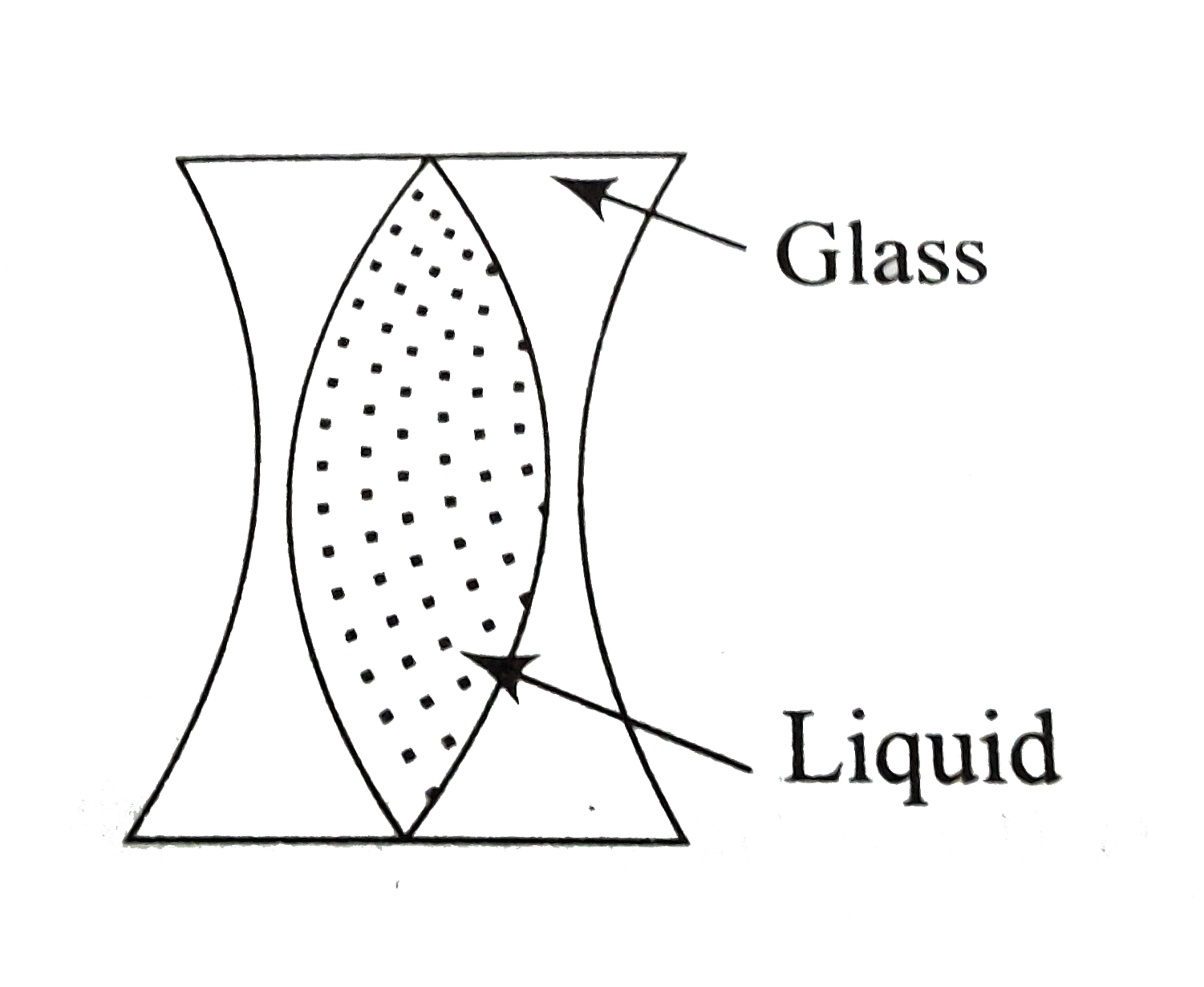Herbaria and Museums contain ____specimens whereas in botanical gardens & zoo's possess _______specimens.
Living & Living
Dead & Dead
Living & Dead
Dead & Living
The correct Answer is:D
To answer the question regarding what types of specimens are contained in herbaria and museums versus botanical gardens and zoos, we can break down the information as follows:
1. Understanding Herbaria:
- Herbaria are collections of preserved plant specimens.
- These specimens are typically dried, pressed, and mounted on sheets for preservation and study.
- Therefore, herbaria contain dead specimens.
2. Understanding Museums:
- Museums house a variety of historical and scientific objects, including biological specimens.
- Similar to herbaria, the specimens in museums are often preserved and not living.
- Thus, museums also contain dead specimens.
3. Understanding Botanical Gardens:
- Botanical gardens are designed for the cultivation and display of a wide range of plants.
- The plants in botanical gardens are alive and are grown in a controlled environment for educational and research purposes.
- Therefore, botanical gardens possess living specimens.
4. Understanding Zoos:
- Zoos are facilities where animals are kept for public viewing, education, and conservation.
- The animals in zoos are alive and are cared for in environments that mimic their natural habitats.
- Thus, zoos also possess living specimens.
5. Final Answer:
- Combining the information from the above points, we conclude that:
- Herbaria and museums contain dead specimens.
- Botanical gardens and zoos possess living specimens.
Final Answer:
Herbaria and Museums contain dead specimens whereas Botanical Gardens and Zoos possess living specimens.
---
- Herbaria are collections of preserved plant specimens.
- These specimens are typically dried, pressed, and mounted on sheets for preservation and study.
- Therefore, herbaria contain dead specimens.
- Museums house a variety of historical and scientific objects, including biological specimens.
- Similar to herbaria, the specimens in museums are often preserved and not living.
- Thus, museums also contain dead specimens.
- Botanical gardens are designed for the cultivation and display of a wide range of plants.
- The plants in botanical gardens are alive and are grown in a controlled environment for educational and research purposes.
- Therefore, botanical gardens possess living specimens.
- Zoos are facilities where animals are kept for public viewing, education, and conservation.
- The animals in zoos are alive and are cared for in environments that mimic their natural habitats.
- Thus, zoos also possess living specimens.
- Combining the information from the above points, we conclude that:
- Herbaria and museums contain dead specimens.
- Botanical gardens and zoos possess living specimens.
Herbaria and Museums contain dead specimens whereas Botanical Gardens and Zoos possess living specimens.
Topper's Solved these Questions
- THE LIVING WORLD BOOK - AAKASH SERIESCHAPTER - THE LIVING WORLD EXERCISE - EXERCISE - II
12 Videos
- THE LIVING WORLD BOOK - AAKASH SERIESCHAPTER - THE LIVING WORLD EXERCISE - EXERCISE-III (Previous AIPMT/NEET Questions)
12 Videos
- STRUCTURAL ORGANISATION IN ANIMALSBOOK - AAKASH SERIESCHAPTER - STRUCTURAL ORGANISATION IN ANIMALSEXERCISE - EXERCISE-III (PREVIOUS AIPMT/NEET QUESTIONS)
24 Videos
- THE UNIT OF LIFE BOOK - AAKASH SERIESCHAPTER - THE UNIT OF LIFE EXERCISE - EXERCISE-III (Previous AIPMT/NEET Questions)
81 Videos
Similar Questions
Knowledge Check
Read the following statements regarding biological museums.
(i) Biological museums are generally set up in educational institutes such as schools and colleges.
(ii) Museums have collections of preserved plant and animal specimens for study and reference.
(iii) Specimens are preserved in the containers or jars in preservative solutions.
(iv) Insects are preserved in insect boxes after collecting. killing and pinning.
(v) Larger animals like birds and mammals are usually stuffed and preserved.
(vi) Skeletons of mammals are not allowed to be kept in museums.
Whcih of the above statements is/are not correct ?A(ii) and (iii)B(i) and (vi)C(v) onlyD(vi) only
Consider the following statements regarding bilogical classification
(A)Manuals and Monographs are used to disseminate information among taxonomists.
(B)Actual specimens are used in herbarium, museum, botanical garden and zoological parks Select true statement :
View SolutionStudy the following statements and select the correct ones.
(i) Herbarium is a store house of collected plant specimens that are dried, pressed and preserved on sheets.
(ii) Flora provides the index to the plant species found in a particular area.
(iii) Monographs contain information about particular taxon.
View SolutionIn museum, specimens are preserved carefully so that they can be used for
View SolutionAmongst the given taxonomic aids, how many are associated with preservation of specimens?
Monograph, Flora, Key, Museums, Botanical gardens, Catalogoue, Herbarium, Manual
View Solutionmatch the following: column I (a.LIoyd botanical garden, b. National botanical garden, c. national museum of natural history, d. royal botanical garden, e. Indian botanical garden.) Colum II ( i. Delhi, ii. England, iii. Darjeeling, iv. Howrah, v. Lucknow.)
View SolutionKew gardens contain some 33,400 taxa of living plants, an herbarium of approximately seven million dried specimens representing 98 per cent of the world's plant genera.
View SolutionA liquid of refractive index 1.6 is contained in the cavity of a glass specimen of refractive index 1.5 as shown in figure. If each of the curve surface has a radius of curvature of 0.20m, the arrangement obehaves as a

View Solution
